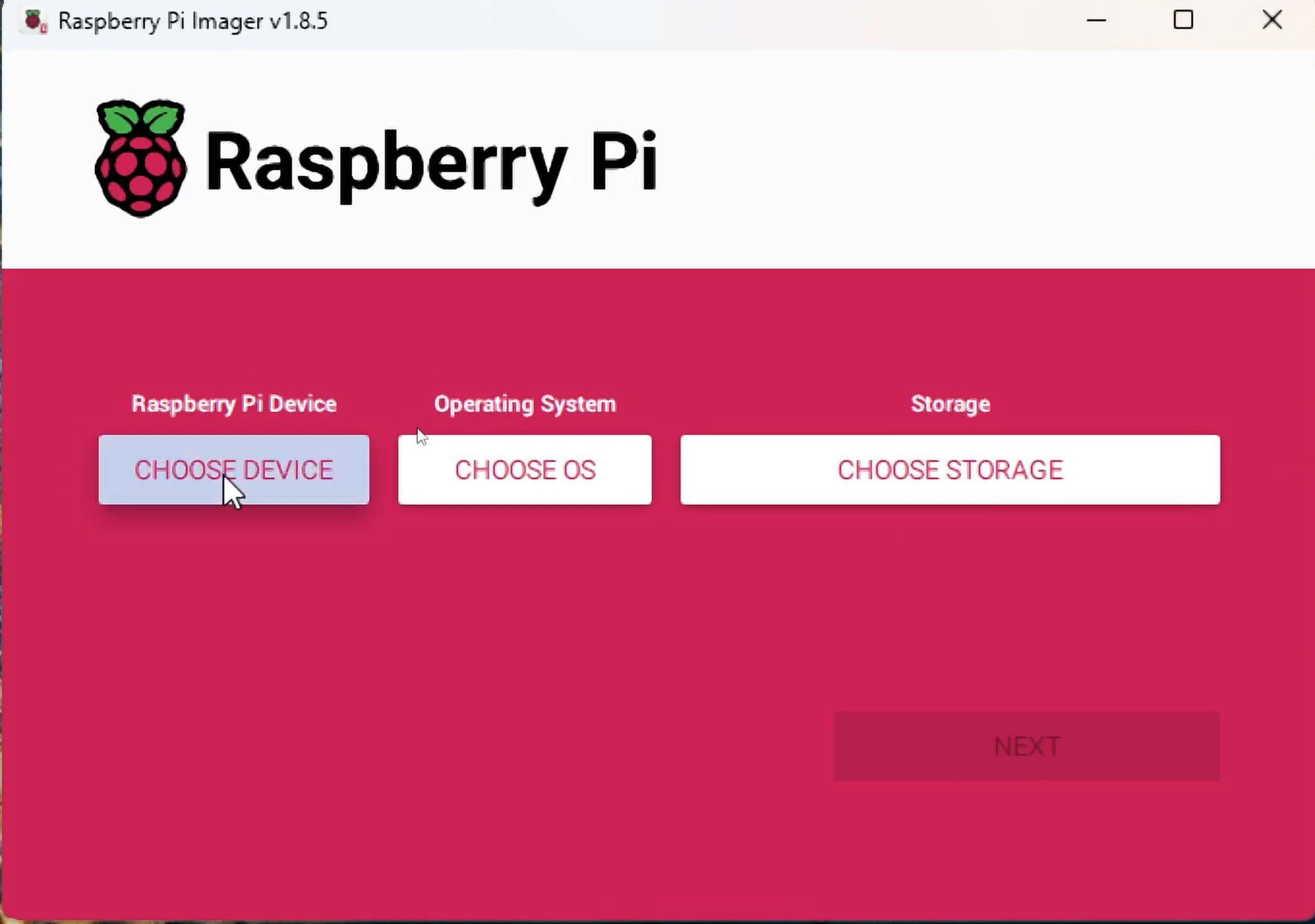Unlock The Power Of Remote SSH IoT Over Internet Free Download
Listen up, tech enthusiasts and digital explorers. If you're looking to dive deep into the world of remote SSH IoT over internet free download, you're in for a wild ride. This isn't just about downloading some random software—it's about revolutionizing how you interact with your devices, no matter where you are on the planet. Imagine controlling your home's thermostat from across the globe or monitoring your smart garden while sipping coffee at a café. Sounds cool, right? Well, buckle up because we're about to take you on a journey through the ins and outs of remote SSH IoT.
Now, before we get too far ahead of ourselves, let's break it down. Remote SSH IoT is more than just a buzzword—it’s a game-changer for anyone who wants to harness the power of the Internet of Things (IoT) without breaking the bank. By downloading the right tools and setting up your devices properly, you can unlock a whole new level of convenience and control. Whether you're a hobbyist, a professional, or just someone who loves tinkering with tech, this article has got you covered.
But here's the kicker: not all downloads are created equal. You want something reliable, secure, and easy to use. That’s why we’ve put together this comprehensive guide to help you navigate the world of remote SSH IoT over the internet. So grab your favorite beverage, and let's get started on this adventure.
- Honeytoon Free Your Ultimate Guide To Unlocking Entertainment Bliss
- Vivi2freaky Nude Leak The Truth Behind The Viral Sensation
Table of Contents
- What is Remote SSH IoT?
- Why Use Remote SSH for IoT?
- Setting Up SSH for IoT Devices
- Free Download Options for Remote SSH IoT
- Security Best Practices for Remote SSH IoT
- Tools You Need for Remote SSH IoT
- Common Issues and How to Fix Them
- Real-World Applications of Remote SSH IoT
- The Future of Remote SSH IoT
- Conclusion: Take Action Today
What is Remote SSH IoT?
Alright, let's start with the basics. Remote SSH IoT is essentially using the Secure Shell (SSH) protocol to remotely access and control Internet of Things (IoT) devices over the internet. Think of it like giving your devices a virtual handshake from miles away. SSH ensures that your communication is encrypted and secure, making it one of the most reliable ways to interact with your gadgets remotely.
But why is this important? Well, in today's hyper-connected world, having the ability to manage your IoT devices from anywhere is not just a convenience—it's a necessity. Whether you're running a smart home, managing industrial equipment, or just keeping an eye on your pet cam, remote SSH IoT can save you time, money, and a whole lot of hassle.
- Onlyfans Leak The Hidden Realities And What You Need To Know
- Aagmaal Gives A Comprehensive Guide To Generosity And Impactful Giving
How Does SSH Work?
SSH works by creating a secure channel between your computer and the device you want to control. It uses cryptographic techniques to ensure that your data is protected from prying eyes. Here’s a quick breakdown of how it works:
- Authentication: You need to prove who you are before gaining access to the device.
- Encryption: All communication between you and the device is encrypted, keeping your data safe.
- Command Execution: Once connected, you can run commands, transfer files, and perform various tasks on the device.
Why Use Remote SSH for IoT?
There are plenty of reasons why remote SSH IoT is becoming the go-to solution for tech-savvy individuals and businesses alike. First off, it's incredibly secure compared to other methods of remote access. With cyber threats on the rise, having a robust security protocol in place is non-negotiable.
Secondly, it's versatile. Whether you're working with Raspberry Pi, Arduino, or any other IoT platform, SSH can handle it. Plus, it's lightweight and doesn't require a ton of resources, making it perfect for devices with limited processing power.
Benefits at a Glance
- Security: SSH uses encryption to protect your data.
- Versatility: Works with a wide range of IoT devices.
- Efficiency: Minimal resource usage.
- Reliability: Stable connections even over long distances.
Setting Up SSH for IoT Devices
Setting up SSH for your IoT devices might sound intimidating, but trust me, it's easier than you think. The process varies slightly depending on the device you're using, but the general steps remain the same. Let's walk through the basics.
First, you'll need to enable SSH on your device. Most modern IoT platforms come with SSH pre-installed, but you might need to activate it manually. Once that's done, you'll need to configure your router to allow incoming SSH connections. This usually involves setting up port forwarding.
Step-by-Step Guide
Here's a quick step-by-step guide to help you get started:
- Enable SSH: Check your device's documentation for instructions on enabling SSH.
- Set Up Port Forwarding: Configure your router to forward incoming SSH traffic to your device.
- Install an SSH Client: Use a tool like PuTTY (for Windows) or the built-in terminal (for macOS/Linux) to connect to your device.
- Connect: Enter your device's IP address and credentials to establish a connection.
Free Download Options for Remote SSH IoT
Now, let's talk about the fun part: free download options. There are plenty of tools and software available that can help you set up remote SSH IoT without spending a dime. Some of the most popular options include:
- OpenSSH: A widely used open-source SSH server and client.
- PuTTY: A free SSH client for Windows users.
- Termius: A cross-platform SSH client with a user-friendly interface.
- Bitvise: Another great option for Windows users, offering advanced features.
These tools are not only free but also highly reliable and secure. Just make sure to download them from official sources to avoid any potential security risks.
Security Best Practices for Remote SSH IoT
Security should always be your top priority when setting up remote SSH IoT. Here are some best practices to keep your devices safe:
- Use Strong Passwords: Avoid using common or easily guessable passwords.
- Enable Two-Factor Authentication (2FA): Add an extra layer of security by requiring a second form of verification.
- Limit Access: Restrict SSH access to trusted IP addresses only.
- Regularly Update: Keep your software and firmware up to date to protect against vulnerabilities.
Remember, security is an ongoing process. Stay vigilant and keep an eye out for any suspicious activity.
Tools You Need for Remote SSH IoT
Having the right tools can make all the difference when it comes to setting up remote SSH IoT. Here are some essential tools you'll want to have in your arsenal:
- SSH Client: As mentioned earlier, tools like PuTTY and Termius are great options.
- Network Monitoring Software: Helps you keep an eye on your network traffic.
- Firewall: Protects your devices from unauthorized access.
- SSH Key Management Tool: Simplifies the process of managing SSH keys.
Investing in these tools can save you a lot of headaches down the road and ensure a smoother experience.
Common Issues and How to Fix Them
Even with the best preparation, things can sometimes go wrong. Here are some common issues you might encounter and how to fix them:
- Connection Refused: Double-check your port forwarding settings and ensure SSH is enabled on your device.
- Authentication Failed: Make sure you're using the correct username and password.
- Slow Connection: Optimize your network settings and consider using a faster internet connection.
Don't let these issues discourage you. With a bit of troubleshooting, you'll be back up and running in no time.
Real-World Applications of Remote SSH IoT
So, how is remote SSH IoT being used in the real world? The possibilities are endless. From smart homes to industrial automation, remote SSH IoT is transforming the way we interact with technology. Here are a few examples:
- Remote Monitoring: Keep an eye on your IoT devices from anywhere in the world.
- Automated Systems: Set up scripts to automate routine tasks on your devices.
- Data Collection: Gather data from sensors and other devices for analysis.
These applications are just the tip of the iceberg. As technology continues to evolve, the potential uses for remote SSH IoT will only grow.
The Future of Remote SSH IoT
Looking ahead, the future of remote SSH IoT looks incredibly promising. With advancements in AI, machine learning, and 5G technology, we can expect even more powerful and efficient solutions. Imagine a world where your devices not only respond to your commands but also anticipate your needs.
But with great power comes great responsibility. As we move forward, it's crucial to prioritize security and privacy. By staying informed and taking the necessary precautions, we can ensure a safe and connected future for everyone.
Conclusion: Take Action Today
There you have it—a comprehensive guide to remote SSH IoT over the internet free download. From understanding the basics to exploring real-world applications, we've covered everything you need to know to get started. Remember, the key to success lies in preparation, security, and staying up to date with the latest trends.
So, what are you waiting for? Dive in, experiment, and see what you can achieve with remote SSH IoT. And don't forget to share your experiences and insights with the community. Together, we can push the boundaries of what's possible in the world of IoT.
Got questions or feedback? Drop a comment below, and let's keep the conversation going. Happy tinkering!
- Punjabi Mms Leaked The Story Behind The Viral Sensation
- Vegamovies Proxy Your Ultimate Guide To Accessing Movies Anytime Anywhere

Securely Connect Remote IoT P2P SSH Free Download Your Ultimate Guide

Free Download SSH Remote IoT Device Your Ultimate Guide

Free Download SSH Remote IoT Device Your Ultimate Guide